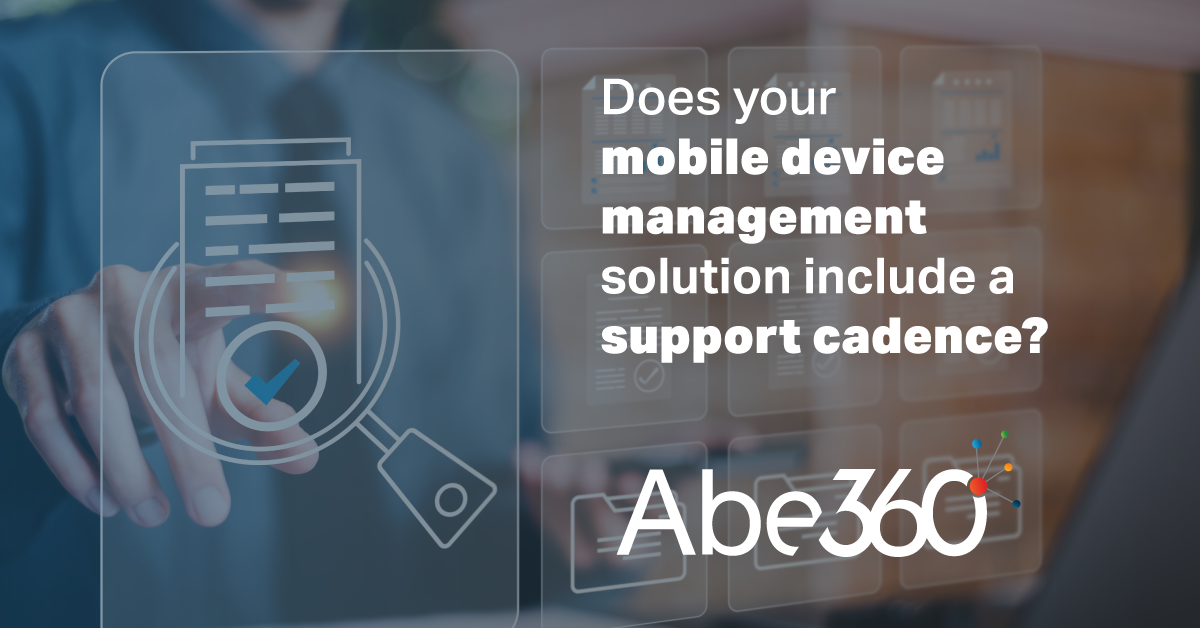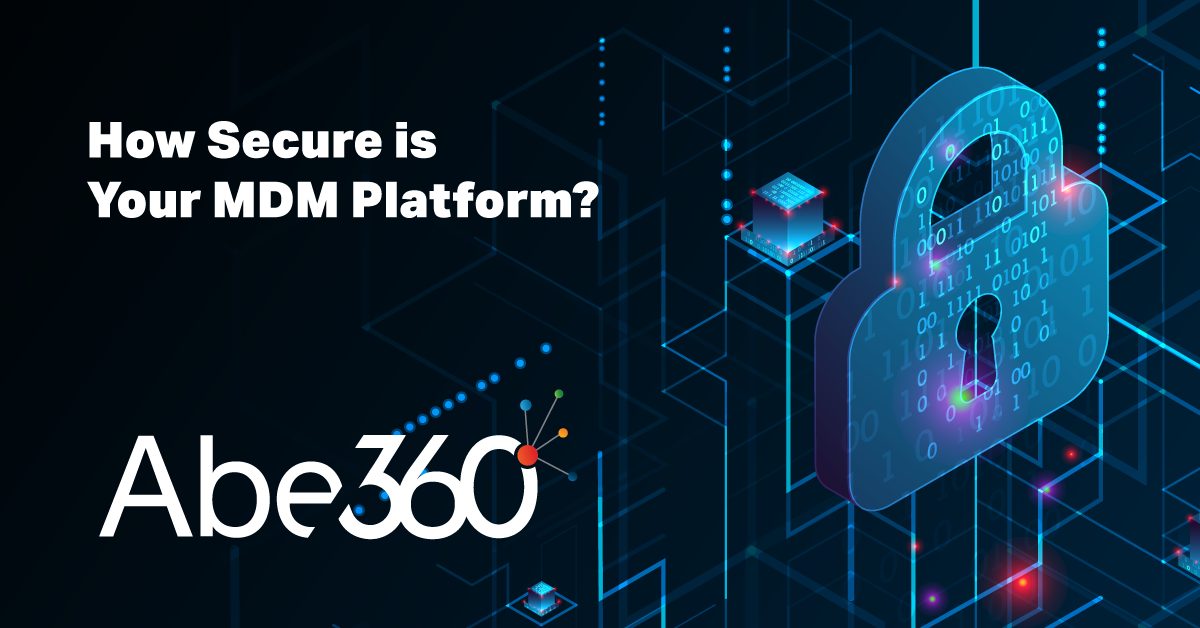We all know how annoying it is when you can’t find something you need. But the stakes get a lot higher when you can’t find inventory, assets or materials in your business.
This is why radio frequency identification (RFID) is one of the fastest-growing technologies in today’s evolving enterprise. It’s used widely in warehouses, manufacturing plants, transportation and logistics hubs, and retail stores.
RFID uses radio waves, much like Wi-Fi does, to locate and track items wirelessly and automatically. And it all starts with an electronic RFID tag.
The tag is printed and encoded with a unique identifier and then adhered to an object much like a barcode label. Its unique ID is tied to a database and used to identify the object and pinpoint its location to within a few feet.
Unlike a barcode, tags are read wirelessly and automatically, even while they’re moving. They’re read when they come within range of an RFID reader. This is usually a handheld mobile device that doubles as a mobile computer or a fixed reader installed at doorways or in other strategic locations.
Zebra is the top RFID hardware provider worldwide and provides solutions including readers, tag printers and RFID antennas and AbeTech is your trusted advisor who can recommend the best solution for your unique use case.
Readers usually have a range of 5 to 10 feet, depending on your environment and your RFID tag types. But ranges can be adjusted and customized.
Advantages of RFID
You don’t need to line up a scanner to read an RFID tag. Tags are read wirelessly and remotely, even if they’re not physically visible or accessible.
Importantly, you can also read multiple tags at a time, so you can identify, track and locate an entire room’s worth of inventory in seconds or minutes. This dramatically reduces the manual labor involved in inventory tracking and asset locating.
You can also use RFID for real-time tracking of assets as they move through processes or through different areas of a building, especially if you’re using fixed RFID readers at entryways or in aisles.
Common RFID Applications
RFID can be used in any application where you need to identify, locate and track products, assets or materials. It’s often used in warehouses, distribution centers, and retail to automate inventory and eliminate manual barcode scanning and cycle counts.
RFID is also commonly used in manufacturing for traceability and tracking of parts and materials as they are received and as they move through production processes and become finished goods.
Hospitals are also using RFID to positively identify and track patients for better patient care and to avoid medication mix-ups.
Determining if RFID is Right for Your Business
RFID requires a sizable investment, but the resulting gains in efficiency, tracking accuracy, and automation often generate a significant return on investment.
To determine if RFID is right for your business, work with a trusted technology partner such as our RFID experts at AbeTech.
We start with an enterprise mobile health assessment to evaluate your current processes, cost structure, and use of barcoding and other tracking technologies. We then help you determine if RFID is a fit for your processes, and we compare the value of your potential gains to your estimated cost.
If RFID makes sense for your business, we can then proceed with a remote site survey or on-site survey to determine your required RFID configuration. We’ll then design a complete system for you, including RFID toolkits that simplify deployment and help you minimize costs. And we can help train your team too.
To learn more and request your free RFID assessment, contact AbeTech now to get started.




